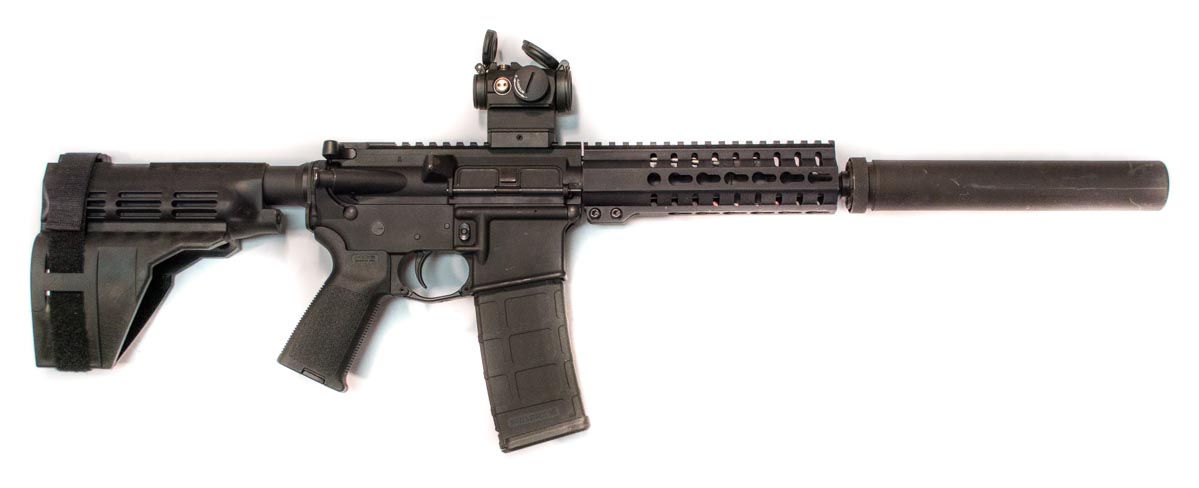
OK, so this one was temporarily souped up. No worries, there’s a factory configuration photo here too.
I think the 300 AAC Blackout caliber was really made for short barrels. Don’t get me wrong, I have a 300 Blackout AR-type rifle with a 16-inch barrel and love it. I just think the flexibility of the caliber really shines in short and compact configurations.

With an M4 upper receiver and AR-15 lower, the controls are just as you would expect.
When shooting subsonic, velocity loss resulting from a shorter barrel is a non-issue, and perhaps even a good thing. I assume, of course, that you’re shooting with a suppressor in subsonic configuration. Staying comfortably below that moving target known as the sound barrier is a benefit when using a silencer as there is no supersonic “crack” from the bullet.
When shooting supersonic, I don’t think there’s a drawback to short barrel configurations either. In my opinion, 300 Blackout was never designed as a long range cartridge anyway. There are certainly better options to reach out there, like 6.5 Grendel or 6.8 SPC to name just a couple. Part of the design impetus was to increase terminal performance over that of 5.56 rounds. 300 Blackout shoots a heavier .308 bullet, which many believe is a better fight stopper than a lighter .224 diameter projectile. Whatever side of that argument you take, the point is that a couple hundred feet per second velocity loss from a shorter barrel really isn’t significant.
A Tour of the CMMG Mk4 300 Blackout Pistol
With all that said, I jumped at the opportunity to put a CMMG Mk4 300 Blackout pistol through it’s paces. I’d shot AR pistols before but had never really spent quality time getting to know them. What better way to get acclimated than one chambered in one of my favorite calibers?
The CMMG Mk4 looks like any other AR pistol at first glance, but when you examine it more closely, you’ll see some important upgrades. First, the grip is a Magpul MOE pistol grip. You’ll also notice that the Mk4 comes with a Magpul PMAG rather than some no-name, lowest bidder 30-round magazine. You also might notice the (very) nice KeyMod forend. That’s the CMMG RKM7 hand guard. It’s got Picatinny rail along the entire top and KeyMod attachment points at the 3, 6, and 9 o’clock positions. Each of the three KeyMod rails has six KeyMod holes for direct attachment of KeyMod compatible accessories or rail segments. My sample gun came with a two-inch rail segment that occupies three KeyMod holes.
You’ll also see two quick attach / detach holes towards the back of the hand guard – one on either side. Speaking of sling attachment points, you’ll find two sling attachment points between the buffer tube and receiver. These are small details, but indicative of attention to important doing it right. When people start talking about being able to “get X, Y, or Z gun for less money”, I always look for little details like these that separate one gun from another.


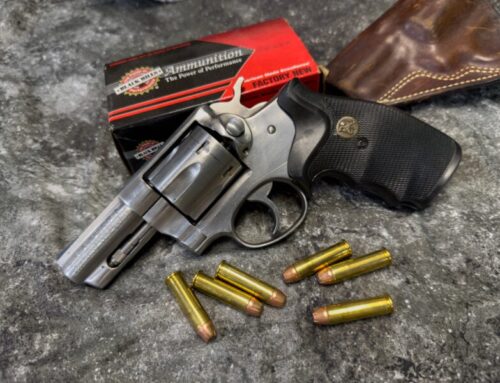
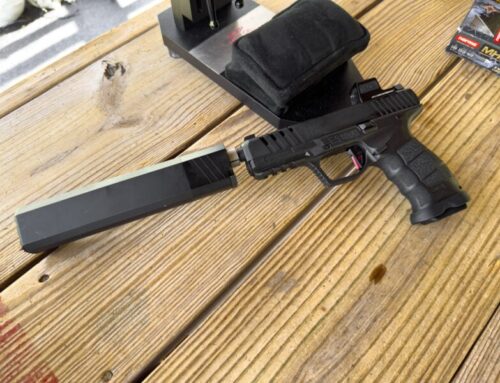
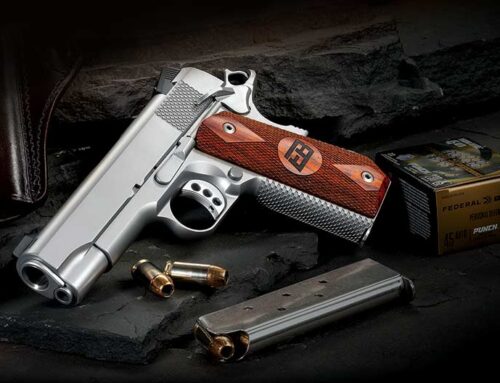
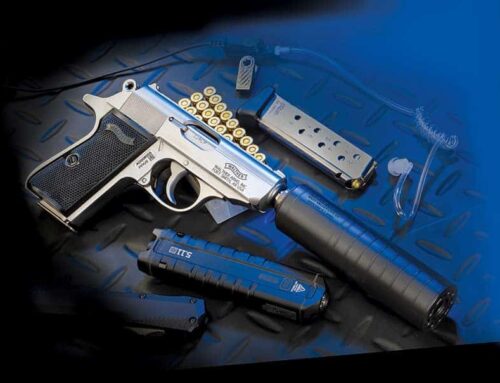
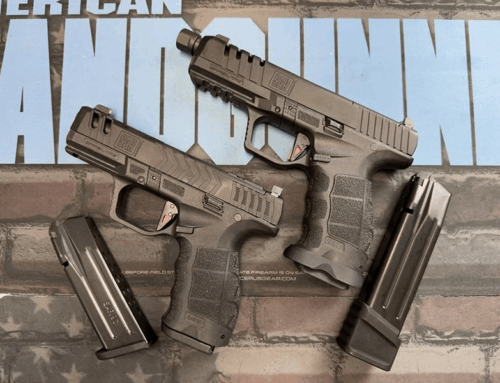

Leave A Comment